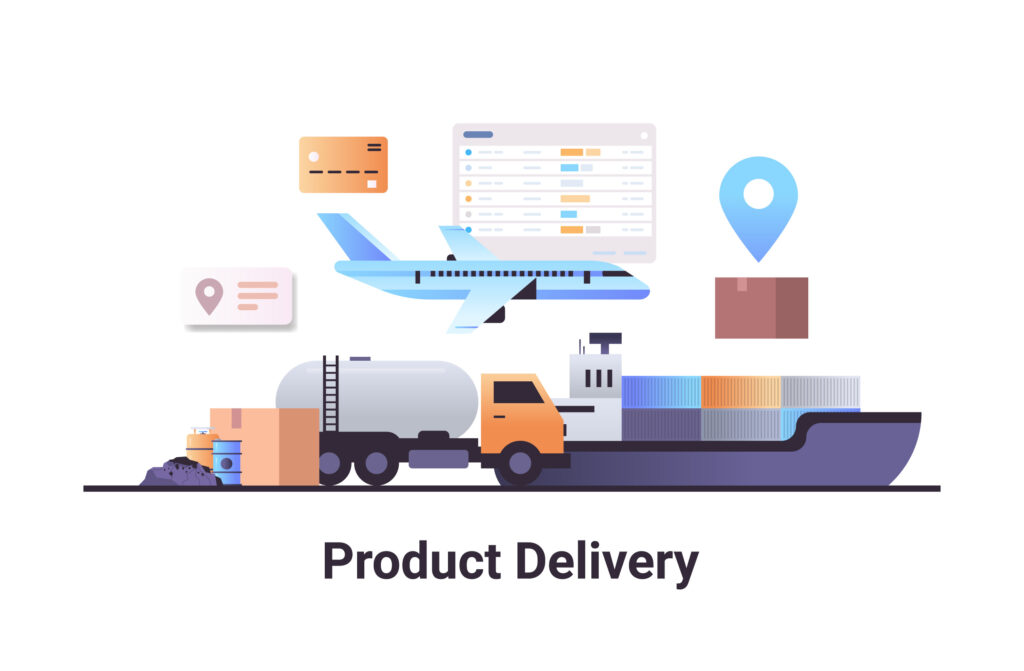
In the intricate world of Amazon FBA, one of the most significant challenges sellers face is managing shipping costs, particularly for those reliant on air and sea freight. A strategic approach to shipping can be the difference between a thriving business and a struggling one. This comprehensive guide will explore various tactics to optimize your shipping expenses while maintaining efficiency and effectiveness.
1. Bulk Ordering: Leverage Economies of Scale
Ordering in bulk is a tried-and-true method for reducing per-unit costs. When it comes to freight, this principle is equally effective. Larger order volumes can significantly reduce the cost per unit. Carefully analyze your sales patterns and forecast demand to optimize order sizes. However, be cautious of overstocking, as it can tie up capital and increase storage costs.
2. Timing is Key: Avoid Peak Shipping Seasons
Freight costs fluctuate throughout the year, often peaking during high-demand seasons like Christmas and Chinese New Year. Planning your shipments outside these peak times can lead to substantial cost savings. Early planning not only saves money but also reduces the risk of delays.
3. Shop Around: Compare and Negotiate Freight Rates
Just as you would with any other business expense, get multiple quotes from various freight companies. This comparison shopping will give you a clearer picture of the market rates and empower you to negotiate better deals. Even a slight reduction in the quoted rate can lead to significant savings over time.
4. Consolidate Your Shipments
If you’re shipping multiple products, consider consolidating them into one shipment. This consolidation often results in lower costs than shipping items individually. Moreover, it simplifies logistics, reducing the time and effort spent on tracking and managing multiple shipments.
5. Utilize Freight Forwarders
Freight forwarders can be invaluable in navigating the complex world of international shipping. They often have established relationships with carriers and can access better rates. Additionally, their expertise can help you streamline the shipping process, identify potential issues, and find cost-effective solutions.
6. Choose Cost-Effective Shipping Methods
While air freight offers speed, sea freight is usually more affordable, especially for non-time-sensitive goods. Planning your shipments well in advance to accommodate the slower transit times of sea freight can lead to significant cost savings.
7. Regularly Review and Optimize Freight Costs
Shipping is not a static cost. The dynamic nature of the shipping industry means rates can change frequently. Make it a regular practice to review your shipping costs and seek ways to make them more efficient. Keeping abreast of industry trends and rate fluctuations can help you make informed decisions.
Conclusion
Efficiently managing your shipping logistics is crucial for success as an Amazon FBA seller. By optimizing order volumes, planning to avoid peak seasons, comparing and negotiating rates, consolidating shipments, leveraging freight forwarders, and choosing slower, more affordable shipping options, you can significantly reduce your shipping expenses. Regular evaluation and adaptation of your shipping strategy can transform a potential financial burden into a competitive advantage, paving the way for a more profitable and sustainable Amazon business.